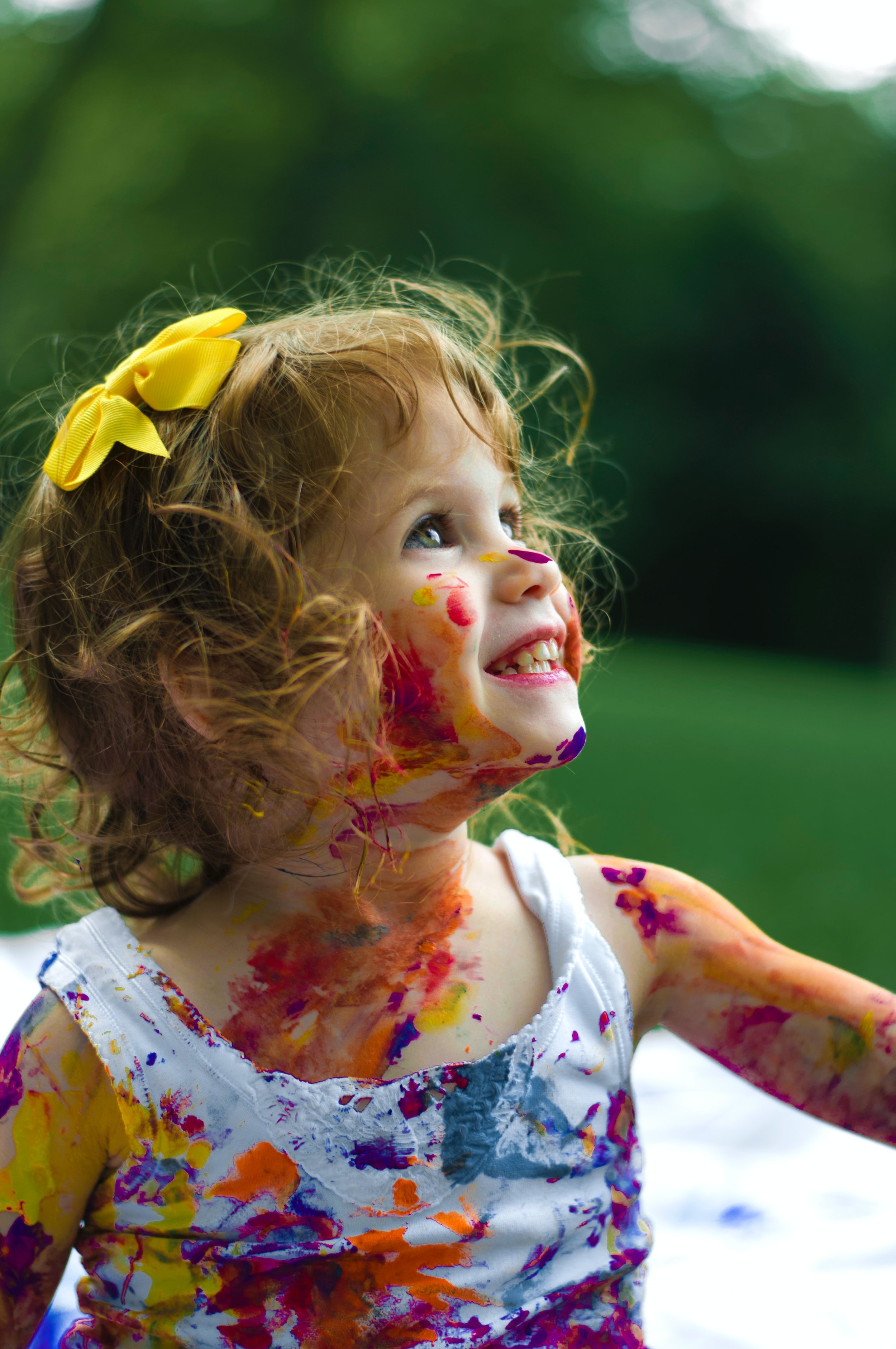Three Lessons Children Learn While Creating Art
Sometimes, the most valuable lessons are found in the most unexpected places. Childhood is a time for learning about ourselves and our world. Growing up, we weren’t necessarily “taught” all of the foundational lessons we take with us throughout our lives, yet they are learned naturally through different activities. Art is one of those valuable activities that teach children many of life’s essential lessons. So whether we carve out time for it or it’s our go-to activity for passing the time, when we make time for art, we do more for our children than we realize.
Here are three foundational lessons your children learn while making art:
1. They learn to value their unique creativity and imagination.
Children have a natural advantage when it comes to creativity due to their seemingly endless imagination. Although, if we do not show them that their imagination is something to be cherished and valued, they may lose their desire to create as they get older. Creativity and imagination are crucial for thinking outside the box. Our world was built on new and innovative ideas, and we may need new ones now more than ever.
If we can help foster creativity in children by showing them that their imagination brings their ideas into reality, we can inspire them to believe in themselves and value their ideas. They will start to believe in their uniqueness and be confident they have something to give the world.
2. Mistakes are a part of the process.
Art has one rule: There are no mistakes!
Although we’d love for that to be the whole truth, sometimes children’s creations don't come out exactly as they imagined; sometimes, they make “mistakes” along the way. Guiding children through the process of creating something will show them that mistakes are actually a part of the process. Whether they accidentally rip the paper or a flower comes out more like a windmill, these times are valuable in teaching children to persevere despite setbacks.
Tip! Make it the norm to praise the child's effort instead of only their accomplishments. Honoring children's creative efforts allows them to learn to enjoy the journey and not just the finished product. We can all afford to learn this lesson if we haven’t yet.
3. Self-Validation
Gone are the days of only coloring inside the lines. We are our own worst enemies when it comes to rejecting our ideas. When children create, the hope is that they express themselves without constraint. Although it is natural for children to want their caregiver’s approval, as children get older, we want them to start trusting their own opinions and validating themselves rather than looking outside for reassurance. Using art as an avenue to teach children self-validation is an excellent place to start.
Next time your child finishes a piece of art and asks you if you think it’s beautiful, ask that question right back before answering. When your child asks you what they should draw, try to guide them into seeing what they actually want to draw. Doing this encourages them to follow their own inspirations, to create just for the sake of creating, and can help children learn that their opinion of themselves is the most important.
Long story short, don't underestimate the power of art.


